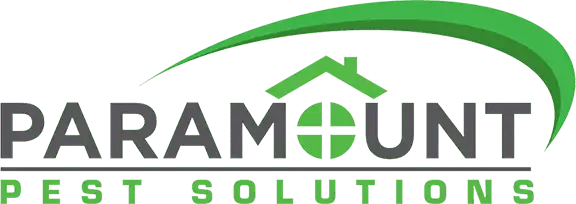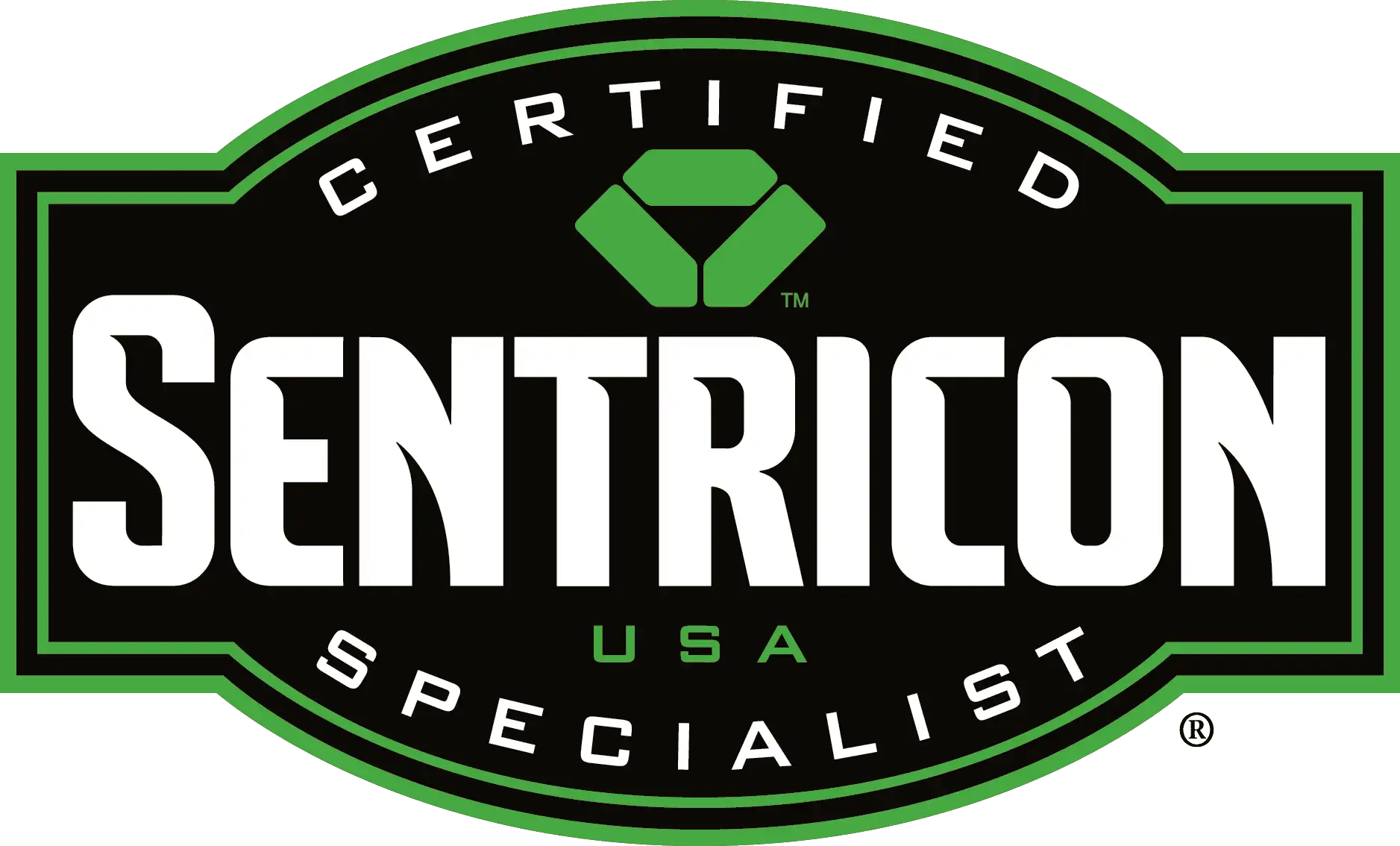Overview of nuisance wildlife in South Mississippi
South Mississippi is a region blessed with natural beauty and abundant wildlife. However, alongside the charming critters and majestic creatures, there are some animals that can become a nuisance to residents and property owners. These nuisance wildlife species, such as raccoons, squirrels, opossums, snakes, and bats, can cause various problems that require careful management and control.
Understanding the behavior and habits of these animals is crucial in mitigating any potential risks they may pose. Whether it’s property damage, health concerns, or ecological impact, being aware of the challenges associated with nuisance wildlife is essential for residents of South Mississippi.
In this article, we will delve into the common nuisance wildlife species found in South Mississippi and the risks they can bring. We will also explore the essential pest control resources available to address these issues effectively. Additionally, we will touch upon the legal considerations that residents and property owners need to be aware of when it comes to dealing with nuisance wildlife.
So, let’s embark on a journey through the fascinating world of South Mississippi’s wildlife and discover the ways in which we can peacefully coexist with these charismatic creatures. But first, let’s take a closer look at the common nuisance wildlife species that demand our attention and management.
Common Nuisance Wildlife in South Mississippi
When it comes to living in South Mississippi, residents are no strangers to the abundance of wildlife that thrives in the region’s diverse ecosystem. However, alongside the beauty and diversity of nature, there are also instances where wildlife can become a nuisance. In this section, we will explore some of the most common nuisance wildlife species that residents may encounter in South Mississippi.
Raccoons
Raccoons are clever and adaptable creatures that have managed to thrive in both urban and rural environments. Known for their distinctive black mask and ringed tail, these nocturnal animals are notorious for raiding trash cans and wreaking havoc in attics or crawl spaces. Their dexterity and problem-solving skills make them formidable opponents when it comes to securing food sources and finding shelter.
Squirrels
If you’ve ever walked through a park or gazed out your window, chances are you’ve encountered a playful squirrel. These small rodents with bushy tails are a common sight in South Mississippi. While their acrobatic antics and foraging habits can be entertaining to watch, they can also cause damage to homes and gardens. Squirrels are known to chew through electrical wires and create nests in attics, leading to potential fire hazards and structural issues.
Opossums
Opossums, with their pointy snouts and hairless tails, have often been misunderstood and unfairly labeled as pests. These marsupials are actually beneficial to the ecosystem as they help control the population of insects, rodents, and even venomous snakes. However, their scavenging nature can lead them into conflict with humans, especially when they invade garbage cans or seek shelter in attics or crawl spaces.
Snakes
South Mississippi is home to a variety of snake species, some of which can pose a threat to humans and pets. While most snakes are harmless and play a crucial role in maintaining the balance of nature, encounters with venomous species like cottonmouths or rattlesnakes can be dangerous. Snakes are attracted to areas with abundant food sources, such as rodents or insects, which may lead them into residential areas.
Bats
Often associated with folklore and mystery, bats are nocturnal creatures that play a vital role in controlling insect populations. However, their presence can become problematic when they roost in attics or other areas of a home. The accumulation of guano can result in foul odors, unsightly stains, and the risk of diseases such as histoplasmosis. It is important to note that bats are protected in many areas, so humane exclusion methods should be employed to address any issues.
Whether it’s raccoons rummaging through garbage cans, squirrels causing damage to your property, opossums seeking shelter, snakes posing a potential threat, or bats taking up residence in your attic, dealing with nuisance wildlife can be a challenging task. However, there are resources and solutions available to help mitigate these issues. In the following sections, we will explore essential pest control resources, legal considerations, and more, to assist you in effectively managing nuisance wildlife in South Mississippi.
Risks and Concerns
When it comes to dealing with nuisance wildlife in South Mississippi, there are several risks and concerns that homeowners should be aware of. These pests can cause property damage, pose health risks, and have an ecological impact on the local environment. Understanding these risks is crucial in order to take appropriate action and ensure the safety and well-being of both humans and wildlife.
Property Damage
One of the primary concerns when it comes to nuisance wildlife is the potential for property damage. Raccoons, squirrels, opossums, snakes, and bats can all wreak havoc on homes and yards. They may gain access to attics, crawl spaces, or basements, causing structural damage and creating potential entry points for other pests. Additionally, these animals can chew through electrical wiring, insulation, and other materials, leading to costly repairs. It’s important to address wildlife infestations promptly to minimize the risk of further damage.
Health Risks
Nuisance wildlife can also pose significant health risks to humans. Raccoons, opossums, and bats are known carriers of diseases such as rabies, which can be transmitted to humans through bites or scratches. Snakes, while not generally aggressive, can bite if they feel threatened, potentially leading to venomous snakebites. Furthermore, the droppings and urine of these animals can contain harmful bacteria and parasites that can cause respiratory issues and other health problems. Taking precautions to minimize contact with wildlife and their waste is essential for protecting your health.
Ecological Impact
Beyond the risks to property and human health, nuisance wildlife can have a significant ecological impact. These animals play important roles in the ecosystem, and their presence or absence can have far-reaching effects. For example, bats are crucial for pollination and insect control, while snakes help control rodent populations. When these animals are displaced or eliminated, it can disrupt the delicate balance of the local ecosystem. It’s important to consider the potential ecological consequences when addressing wildlife issues and to seek solutions that minimize harm to the animals and their habitats.
By understanding the risks and concerns associated with nuisance wildlife in South Mississippi, homeowners can make informed decisions about how to address these issues. Whether it’s contacting local wildlife removal services, exploring wildlife-friendly landscaping options, or seeking guidance from wildlife rehabilitation centers, there are various resources available to help manage and mitigate the impact of nuisance wildlife. Taking action not only protects your property and health but also ensures the preservation of the delicate balance of the local ecosystem.
For more information on dealing with pests in South Mississippi, check out our article on South Mississippi Pest Control Services.
Essential Pest Control Resources
When it comes to dealing with nuisance wildlife in South Mississippi, having access to the right pest control resources is essential. Whether you’re facing raccoons rummaging through your trash cans, squirrels nesting in your attic, or snakes slithering around your property, it’s important to know where to turn for help. In this section, we will explore some of the key resources that can assist you in managing and controlling wildlife pests effectively.
Local Wildlife Removal Services
One of the most efficient ways to address nuisance wildlife issues is by contacting local wildlife removal services. These professionals have the expertise and experience to safely and humanely remove wildlife from your property. They are equipped with the necessary tools and techniques to handle a wide range of wildlife, including raccoons, squirrels, opossums, snakes, and bats.
By enlisting the help of wildlife removal services, you can ensure that the animals are safely relocated to their natural habitats without causing harm to them or your property. These services often employ humane trapping methods and follow ethical guidelines to minimize stress and trauma to the animals.
Wildlife Rehabilitation Centers
In some cases, you may come across injured or orphaned wildlife on your property. Instead of attempting to handle the situation yourself, it is recommended to reach out to wildlife rehabilitation centers. These facilities are dedicated to providing medical care, rehabilitation, and eventual release for injured or orphaned wildlife.
Wildlife rehabilitation centers have trained professionals who can assess the condition of the animal and provide appropriate care. They have the necessary resources to treat injuries, nurse animals back to health, and prepare them for release into their natural habitats.
DIY Pest Control Tips
If you prefer a more hands-on approach to dealing with nuisance wildlife, there are several do-it-yourself (DIY) pest control tips that you can employ. These tips can help you prevent wildlife from entering your property or deter them from causing damage.
For example, you can install mesh screens on vents and chimneys to prevent animals from gaining access to your home. Securing trash cans with tight-fitting lids can discourage raccoons and other animals from scavenging for food. Additionally, removing potential food sources, such as fallen fruits or bird feeders, can make your property less attractive to wildlife.
Wildlife-Friendly Landscaping
Creating a wildlife-friendly landscape is another effective way to minimize conflicts with nuisance wildlife. By incorporating native plants, providing water sources, and creating sheltered areas, you can attract desirable wildlife while discouraging unwanted visitors.
For instance, planting thorny bushes or installing fencing can deter animals from entering specific areas of your property. Similarly, incorporating birdhouses or bat boxes can provide alternative nesting sites, diverting squirrels and bats away from your home.
By implementing wildlife-friendly landscaping practices, you can promote ecological balance and reduce the likelihood of wildlife causing damage or becoming a nuisance on your property.
Remember, addressing nuisance wildlife issues requires a comprehensive approach that combines professional assistance, DIY methods, and environmentally conscious practices. By utilizing the essential pest control resources mentioned above, you can effectively manage and mitigate the impact of wildlife pests in South Mississippi.
But before you take any action, it’s important to be aware of the legal considerations surrounding wildlife management. In the next section, we will delve into the laws, regulations, and permits relevant to nuisance wildlife in South Mississippi. Stay tuned!
Internal Links:
Legal Considerations
Laws and Regulations in South Mississippi
When dealing with nuisance wildlife in South Mississippi, it is essential to be aware of the laws and regulations that govern their control and removal. These laws are in place to protect both the wildlife and the residents of the area. Understanding and abiding by these regulations is crucial to ensure a safe and legal resolution to any wildlife issues.
In South Mississippi, the Department of Wildlife, Fisheries, and Parks (DWFP) is responsible for managing and enforcing the laws regarding wildlife. The agency works to conserve and protect the state’s diverse wildlife population while also promoting responsible wildlife management practices.
One of the key laws to be aware of is the Mississippi Wildlife Code. This code outlines the regulations for hunting, trapping, and the control of wildlife in the state. It covers various aspects such as season dates, bag limits, and equipment requirements for hunting and trapping specific species.
It is important to note that while some nuisance wildlife species may be protected under state law, certain situations may allow for their removal. However, it is crucial to follow the correct procedures and obtain the necessary permits or licenses to do so legally.
Permits and Licenses
If you find yourself dealing with a nuisance wildlife issue in South Mississippi, it is advisable to consult with a professional wildlife removal service or the DWFP to determine the proper course of action. In some cases, obtaining a permit or license may be necessary to legally remove or control the wildlife.
The DWFP issues permits for activities such as trapping and relocating wildlife, which may be required in certain situations. These permits ensure that the wildlife is handled in a humane manner and that it does not cause further harm to the ecosystem.
Additionally, it is important to note that federal laws, such as the Migratory Bird Treaty Act, protect certain bird species. These laws prohibit the removal or disturbance of nests, eggs, or birds without the appropriate permits.
To navigate the legal landscape of wildlife control in South Mississippi, it is recommended to seek guidance from local wildlife removal services or consult the DWFP. They can provide the necessary information on permits and licenses specific to your situation.
By understanding and adhering to the laws and regulations, you can ensure that your actions are legal, responsible, and in the best interest of both the wildlife and the community.
Remember, knowledge is power when it comes to wildlife management, and staying informed about the laws and regulations is an important step in effective pest control.
For more information on pest control and management in South Mississippi, you can check out south mississippi pest control services.
Conclusion
In conclusion, dealing with nuisance wildlife in South Mississippi requires a proactive and informed approach. Understanding the common species that can cause problems is the first step towards effective pest control. Raccoons, squirrels, opossums, snakes, and bats are among the most frequently encountered pests in the region.
The risks and concerns associated with these animals go beyond property damage. They can also pose health risks to humans and pets and have an ecological impact on the local ecosystem. Therefore, it is crucial to address these issues promptly and responsibly.
Fortunately, South Mississippi offers a range of essential pest control resources to help mitigate these problems. Local wildlife removal services are equipped to handle the safe and humane removal of nuisance wildlife from residential and commercial properties. Wildlife rehabilitation centers play a vital role in rehabilitating injured animals and releasing them back into their natural habitats.
For those who prefer a more hands-on approach, there are several DIY pest control tips that can be implemented to deter and prevent wildlife from causing damage. These include securing garbage bins, sealing entry points, and removing potential food sources.
Additionally, incorporating wildlife-friendly landscaping practices can help create an environment that is less attractive to nuisance wildlife. Planting native vegetation, installing bird feeders away from buildings, and providing shelter options can all contribute to a harmonious coexistence with local wildlife.
It is important to note the legal considerations surrounding wildlife control in South Mississippi. Familiarizing oneself with the relevant laws and regulations, as well as obtaining any necessary permits or licenses, is essential to ensure compliance and avoid legal issues.
In conclusion, by being proactive, informed, and responsible, residents of South Mississippi can effectively manage nuisance wildlife and minimize the associated risks. Whether relying on professional services, DIY methods, or a combination of both, it is possible to create a safe and harmonious environment for both humans and wildlife.
For more information on pest control in South Mississippi, please visit South Mississippi Pest Control Services.


